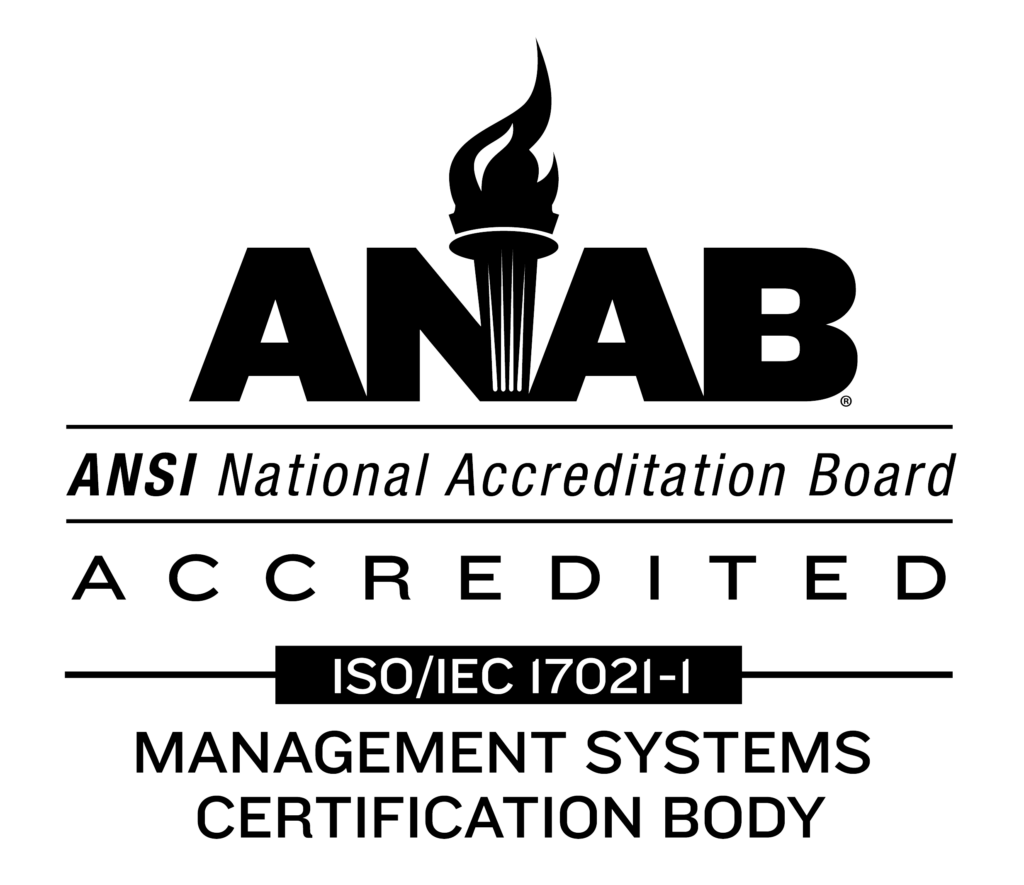As 2017 kicks into full gear and a particularly interesting 2016 fades into the rearview mirror, we took a look around the IIoT landscape to see what this year might potentially have in store. Today, we wrap up the 2017 series – let us know what you think!
On Tuesday, we started our predictions by looking at the potential development of Fog Computing at the Edge and its impact on cybersecurity. Wednesday, we predicted that the rise of IIoT applications will outpace consumer IoT apps. Thursday, we wrote about the challenge facing IIoT businesses as the workforce ages and new skills are needed for the ongoing IT/OT Convergence factor. On Friday, we predicted that the growth of smart cities infrastructure would force a connectivity standard for the IIoT industry.
A Public Utility Closure in 2017
The maturation of interoperability standards and evolution of remote data collection technologies are forcing critical infrastructure and utility organizations to adapt at a new pace, in light of aging infrastructure and high percentages of the workforce that are nearing retirement. Existing management continues to struggle to match the IT and operations resources needed to build a comprehensive, integrated portfolio of applications that must work together to support the organization’s goals.
The prediction
A public utility company will close its doors in 2017 due to challenges surrounding the adoption and implementation of modern IoT technologies.
There are numerous forces that support the prediction. Here’s our take on the big ones:
Are you Taking Advantage of Fog Computing at the Edge?
According to analysts, utility organizations are becoming more comfortable hosting critical infrastructure data and applications in the Cloud. But, in an effort to further optimize processes and shorten response times, utilities need to explore ways to host applications at the device/sensor level (i.e., the Edge otherwise known as Fog Computing). A decentralized network architecture that brings computing power closer to where data is generated and acted upon enables utilities to analyze, control and automate closer to the “Things” in the Industrial Internet of Things. In electric power, for example, where even milliseconds are vital, certain processes can move away from the Cloud and closer to the Edge. In an industry where cloud computing presents its own sets of challenges, can utilities go one step farther to look at new ways to optimize the “things” at the edge?
IT-OT Convergence Presents Plenty of Challenges
With identifiable business benefits and rapidly developing technologies that are closing the IT/OT divide, there are functional and operational differences between IT and OT groups that exist and complicate integration or convergence. IT and OT groups typically have fundamentally different charters, focus and personnel within their respective organizations. The challenges to IT/OT convergence are not the sensors, hardware, software or technology, but how each group perceives each project or opportunity and in turn, the solutions, which are skewed by their respective domains. In order for IT/OT convergence to be successful, communication is essential and in turn, there needs to be a clear understanding of each group’s roles – something we see utility organizations struggle with mightily, especially as an aging workforce butts heads with the next generation of digital-centric employees.
However, the careful selection of technology for IIoT or industrial applications can help drive the convergence of IT/OT systems. For example, in electric utilities, the rollout of Advanced Metering Infrastructure (AMI) and Distribution Automation (DA) networks is truly an OT application. The source of the data will fuel IT/OT convergence because it is the data analytics applications such as outage detection, fault management, prepay and others that bring value to the Smart Grid. If utilities can proactively take a systems level view of its infrastructure and integrate legacy systems with modern IT systems, the convergence of IT/OT groups may prove less strenuous.
Cyber-threats to the Utility
Utilities are at the forefront of the Industrial IoT with complex and comprehensive networks for advanced metering infrastructure, energy management, distribution management and substation automation. The estimated growth in IIoT applications for utilities and energy industries will increase to more than 1.5 billion devices by 2020. This explosive growth in networks, smart sensors and devices, and automated systems requires utilities to address, implement and monitor the security of their data networks because these are the networks providing command and control of critical infrastructure that is the Smart Gird.
As technology has evolved, so has the intelligence and sophistication of cyber terrorists and their tactics. If utilities do not build a comprehensive security layer, especially across its internet-connected systems, there is little faith they’d be able to combat against such tactics as Denial of Service and Intrusion – the two top threats according to the Federal Communications Commission (FCC). If utilities don’t invest in hardened/proven networking and communications equipment, network access control programs, data encryption strategies, advanced monitoring technology and explore various other tactics for limiting exposure to harmful cybersecurity threats, they may be forced out of business anyways.
Today, it is not a matter of “if” a cyber-attack is going to take place, but when. We hope you are ready.
All in All
We hope this prediction is one that doesn’t come to light in 2017, especially with all the direct investments being made in our critical infrastructure projects across the nation. However, a competitive organization is both agile and proactive in meeting market demands – something utilities need to learn from as business continues.
That does it for our list of 2017 IIoT predictions – hope you enjoyed and please be sure to send your questions and comments below!





